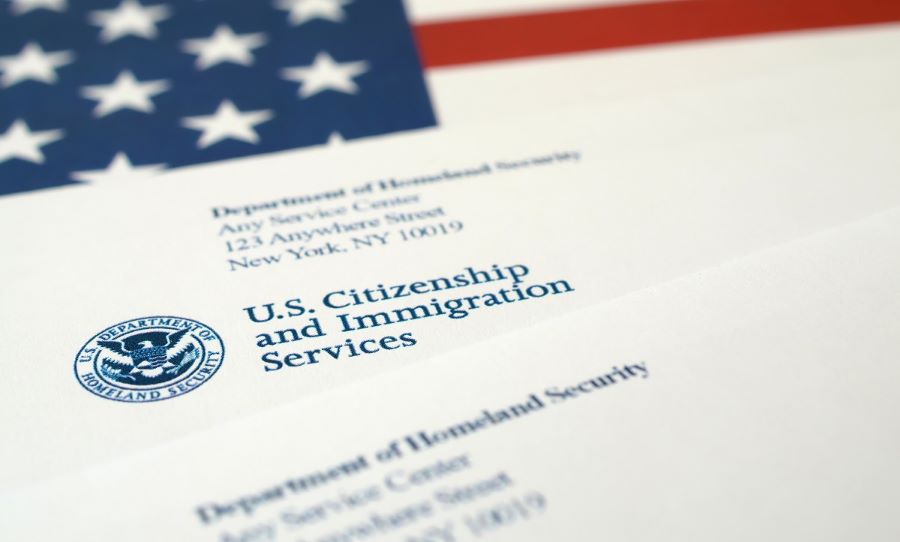(609) 737-3030
What to Do If You Receive the RFE

Supposedly about one in every ten immigration applications/petitions receive an RFE. The first step to answering an RFE is to understand what USCIS is asking, was this information already provided, and if not – then why not, and who can provide that missing information? Sometimes it’s the applicant’s/petitioner’s fault. Sometimes, USCIS is at fault. Sometimes the RFE is the result of a computer/system glitch and makes no sense.
You should read the RFE carefully and determine what kind of evidence or document is requested. Some RFEs are more complicated than others; if you receive a complex RFE and do not think you understand what is needed or how to respond, you should at least consult with a competent immigration attorney to address the issues raised in the RFE. Note that only the petitioner and attorney on the case receive RFEs for employment-based petitions.
In any case, the first step to effectively answering your RFE is to discover why it was issued in the first place. Remain calm and focus on finding a solution.
What if it’s your fault?
This happens quite often. Some applicants/petitioners will make a mistake, others will provide erroneous information, send in poorly or even fraudulently translated documents, or just fail to obtain or attach supporting documentation. If it’s a minor mistake, like failing to attach documentation, you now have an opportunity to correct this omission and you can send in the missing documents. Remember to do it within the specified time frame, and to put the RFE letter on top of the mailing.
What if it’s the preparer’s fault?
Was the application/petition filed incorrectly? Sometimes this happens. If you retained a respectable lawyer, someone who stands behind her/his work product, your preparer should be able to find out what went wrong and what to do to fix it. Oftentimes, when the preparer is at fault, it’s for the same reason that you are at fault: inaccurate or incomplete documents were submitted.
What if USCIS is at fault?
Sometimes an RFE may be factually incorrect or issued in error. Your application/petition could be flawless, put together perfectly, and filed on time, and USCIS will still issue an RFE. While these RFEs are frustrating, they are also easy to address because you already have all of the documents and information you need.
What if your application/petition is not approvable based on ineligibility or the evidence does not fully establish eligibility?
Sometimes, an RFE will expose an underlying ineligibility or you simply cannot gather in time all requested documents/proofs. In such a case you may want to consult with an attorney to see if another solution can be found to your problem.
An RFE cannot be ignored. Depending on the complexity of the RFE, you may be given 30 to 84 days to respond, whatever the USCIS officer indicates in the letter. You must file the response by that deadline. A late response will not be accepted. If you ignore the RFE, USCIS will make a decision based on the previously submitted evidence, which generally will be unfavorable or insufficient, and the ending decision is likely to be a denial.
You should not see an RFE as being in danger of denial; rather look at it as a chance to strengthen your case. When there is a particular piece or pieces of necessary evidence missing, or there are questions regarding the evidence submitted, you now have the option to send in additional documents that can bolster your petition/application so that an eligibility determination can be made in your favor.
There is a big difference between an RFE and a NOID (Notice of Intent to Deny). In an RFE, USCIS is simply seeking clarification on submitted evidence or requesting missing documents to make a decision; whereas in a NOID, initial evidence is predominantly present, but the immigration officer is not convinced the evidence establishes eligibility, so your application/petition is at risk.
Categories





